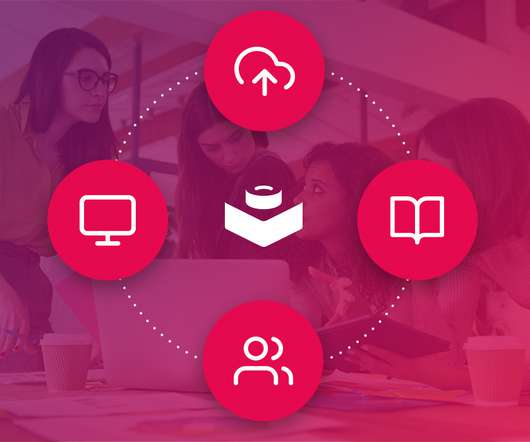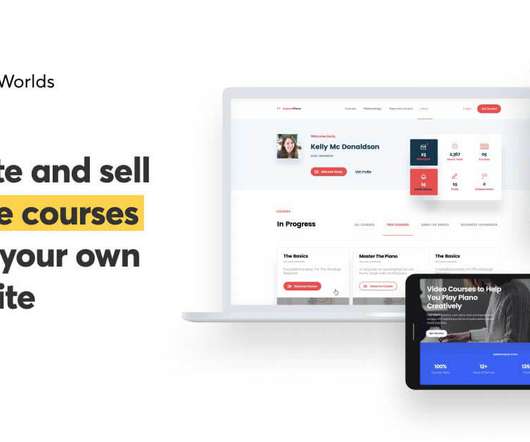8 benefits of boosting employee generated learning
isEazy
APRIL 15, 2021
Combining both profiles, the former’s and the employees’, will help you meet training objectives faster and more effectively, reinforcing your organizational culture, as well as many other aspects of your company. Why foster employee-generated organizational learning? The learning process becomes more personal.

































Let's personalize your content